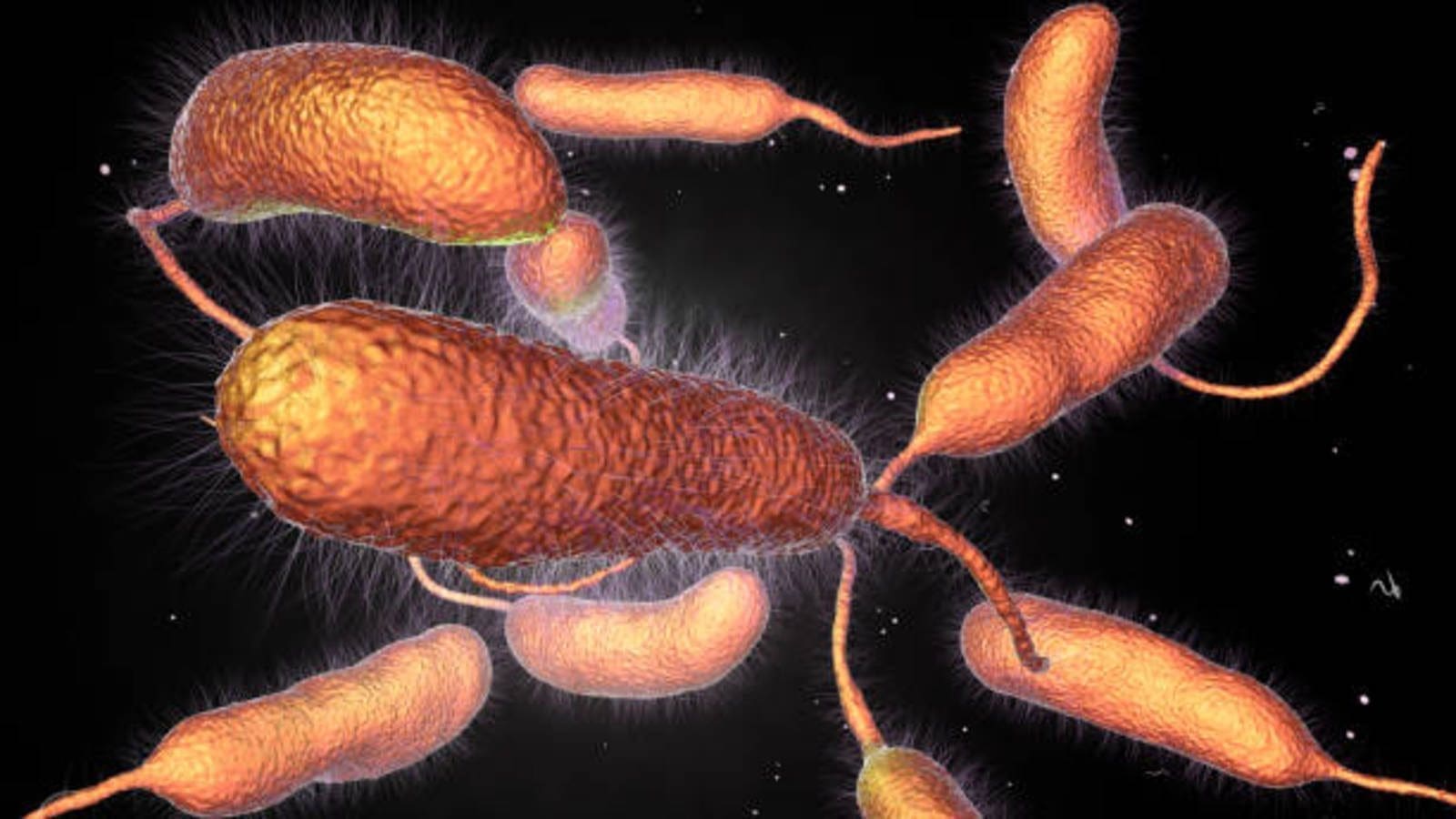ASIA – The International Atomic Energy Agency (IAEA) and the Food and Agricultural Organization (FAO) have finalized a regional project in Asia and the Pacific with laboratories in 14 countries aimed at helping them boost their food safety testing capabilities.
This was done to help countries improve food safety and adhere to the strict requirements of import and export controls.
More than 200 food safety specialists from the participating nations have received training in the use of nuclear techniques to analyze residues and food pollutants, conduct quality assurance and controls, and maintain equipment since the project’s inception in 2016.
Additionally, they participated in scientific conferences, interlaboratory testing programs, group training sessions on analytical techniques, laboratory quality control, equipment maintenance, and troubleshooting.
“We used to outsource most of our analyses to laboratories abroad. Now we have the resources to conduct them ourselves,” said Moe Thein, Head of the Veterinary Assay Laboratory in Myanmar, who took part in the project.
The Veterinary Assay Laboratory can now screen food and animal feed for the presence of veterinary drug residues and mycotoxins — poisonous substances produced by fungi or mold — as a result of training on food safety testing and a new radioreceptor assay equipment and other laboratory items procured through the FAO/IAEA programme.
The equipment uses radioisotopes, such as carbon-14 or tritium, as tracers to identify the presence, or absence, of a residue or mycotoxin.
“Screening techniques, such as radio receptor assays, have a reliable testing method that improves service delivery by cutting down on external testing costs and turnaround time,” Thein said.
With the help of experts who have received training in analytical techniques, quality control management, and participation in proficiency testing programs, Jordan’s Food and Drug Administration, an institution mandated with conducting national food safety testing, is now able to examine imported and locally produced agricultural products for the presence of 30 more different types of antimicrobial residues, including antibiotics.
“This can help to protect consumers, improve income and guard against antimicrobial resistance, one of the top ten global public health threats as identified by the World Health Organization, World Organization for Animal Health, and the FAO,” said James Sasanya, Food Safety Specialist at the Joint FAO/IAEA Centre of Nuclear Techniques in Food and Agriculture.
“Bringing together institutions of varying capabilities and capacities to work together under this regional project has facilitated the sharing of experiences and good practices. With these capabilities, institutions in the region can now reliably analyze more than 10 000 food samples annually.”
Thanks to an ultra-high-performance chromatography device and a radio receptor test technique to identify chemical threats in food, the National Agricultural Research Institute in Papua New Guinea can now screen and quantify drug residues in “common” animal products, such as milk.
“We benefited from the training of our technical staff, who now carry out the new food safety tests with confidence.
“Screening of hazards contributes to increased public confidence in food products and reduces health risks, for example, aplastic anemia associated with antimicrobials, such as chloramphenicol,” said Morris Oromu, Laboratory Manager of the National Agricultural Research Institute in Papua New Guinea.
And in the Syrian Arab Republic, the Atomic Energy Commission’s Department of Agriculture is using new knowledge about food safety to discover growth promoters that are used on animals to increase meat production but are forbidden by some international trading partners, such as the European Union.
Exporting nations must guarantee to importers that the food they provide them satisfies safety standards. One way to confirm this practice is to show that reliable and verifiable systematic testing programs for chemical dangers exist.
Training broadens testing scope
Ten countries – Bangladesh, Indonesia, Lebanon, Malaysia, Mongolia, Pakistan, Singapore, Sri Lanka, Thailand, and the Philippines – have improved their national testing programs by extending their routine testing to cover more food products or by broadening the range of drug residues or contaminants that they test for with the help of IAEA/FAO training and assistance to purchase laboratory equipment and reagents.
In addition to participating in some of the project’s trainings and meetings, experts from China, Lao People’s Democratic Republic, Oman, and Viet Nam also learnt about the most recent approaches and procedures in food safety.
To standardize routine testing among participating nations, approaches for standard operating procedures (SOPs) or testing residues and pollutants were shared across the project.
“Bringing together institutions of varying capabilities and capacities to work together under this regional project has facilitated the sharing of experiences and good practices.
“With these capabilities, institutions in the region can now reliably analyze more than 10 000 food samples annually,” said Gerald Cirilo Reyes, Programme Management Officer in the IAEA’s Department of Technical Cooperation.
Additional labs in Indonesia, Malaysia, Mongolia, Pakistan, Sri Lanka, Thailand, and Viet Nam received assistance through the initiative to get or renew their certification to the international standard ISO/IEC 17025:2017 on general standards for the competence of testing and calibration.
ISO certification provides access to global trade since it is a thorough and ongoing evaluation of laboratory services and standards.
To further improve food safety in Asia and the Pacific, the IAEA and FAO will support nations in the region in a follow-up technical cooperation project to expand the scope of testing beyond items of animal origin and include plant products, including fruits, vegetables, and grains.
For all the latest food safety news from Africa and the World, subscribe to our NEWSLETTER, follow us on Twitter and LinkedIn, like us on Facebook and subscribe to our YouTube channel.








